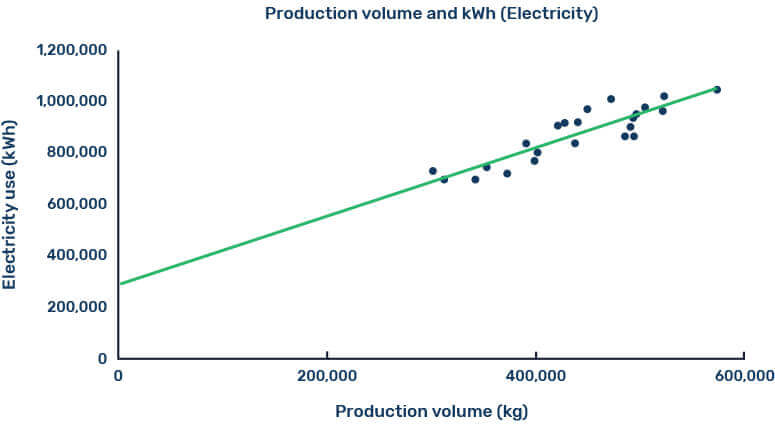Sunday, 21/12/2025 | 06:36 GMT+7
For many plastic processing sites, energy costs are in the same order as profit: 6-8% of turnover. Saving energy therefore directly increases profit. Even though the potential savings could have a significant impact on profits, an EU study (2005) showed less than 5% of companies employ a full-time energy manager and only a little over 20% of the companies have performed an energy audit in the past five years. On a positive note, 40% hired an energy consultant and 30% monitor and review energy on a machine-level. In short, there is a lot more to save!

It starts with knowing where you stand in terms of energy efficiency. Benchmarking your energy consumption per produced kg of plastic, so-called SEC, gives you an insight into how you are doing compared to your competitors. It also shows you how much potential there is to further reduce your energy consumption. This is both possible on a site-level and machine-level basis. For most common technologies (injection moulding, injection blow moulding, extrusion, extrusion blow moulding, rotational moulding, and thermoforming) these benchmarks are available, with most work carried out by Tangram.
Often, one starts with a site-level benchmark. Energy consumption at site-level can be divided into a base load and a variable load. The base load is independent of production volume. Most plastic production sites have an energy base load of 20% – 40% of their average total load. The variable load increases with increased production. This varies per processing technology as not all plastic processes are equally energy intensive. Injection moulding is one of the most energy-intensive processes with a process load of between 0.9 – 1.6 kWh/kg. Others have lower process loads: extrusion has a process load of 0.4 – 0.7 kWh/kg and the extrusion blow moulding load is 0.8 – 1.3 kWh/kg.

Figure 1: The performance characteristics line holds the key to understanding plant energy use.
More insights can be found when comparing machine-level specific energy consumption. In each sub industry, machine-level benchmarks are available for different technologies. In injection moulding for example, hydraulic and fully electric machines are compared. Other benefits of having machine-level insights are the ability to determine energy cost per product, to compare identical machines with each other, make data-driven investment decisions, and allocate energy costs.
Sensorfact can help you get an insight into your energy consumption on a machine-level for your benchmark. With these insights, our energy consultants can help you identify the most relevant energy saving opportunities.
According to sensorfact.eu








 Webinar 2: “Financial Support for Energy Efficiency Enterprises – Opportunities and Challenges”
Webinar 2: “Financial Support for Energy Efficiency Enterprises – Opportunities and Challenges”
 Vietnamese enterprises achieve green growth and cut costs through energy efficiency
Vietnamese enterprises achieve green growth and cut costs through energy efficiency
 Capacity Building for Program Implementing Entity
Capacity Building for Program Implementing Entity
 Enhance Energy Efficiency Knowledge for Managers of Cement Industrial Enterprises
Enhance Energy Efficiency Knowledge for Managers of Cement Industrial Enterprises
 Promoting Energy Efficiency for Technical Staff of Brick and Ceramic Sector
Promoting Energy Efficiency for Technical Staff of Brick and Ceramic Sector
 Capacity building for participating financial institutions of the VSUEE Project
Capacity building for participating financial institutions of the VSUEE Project
 Capacity building for participating financial institutions in Ho Chi Minh City
Capacity building for participating financial institutions in Ho Chi Minh City